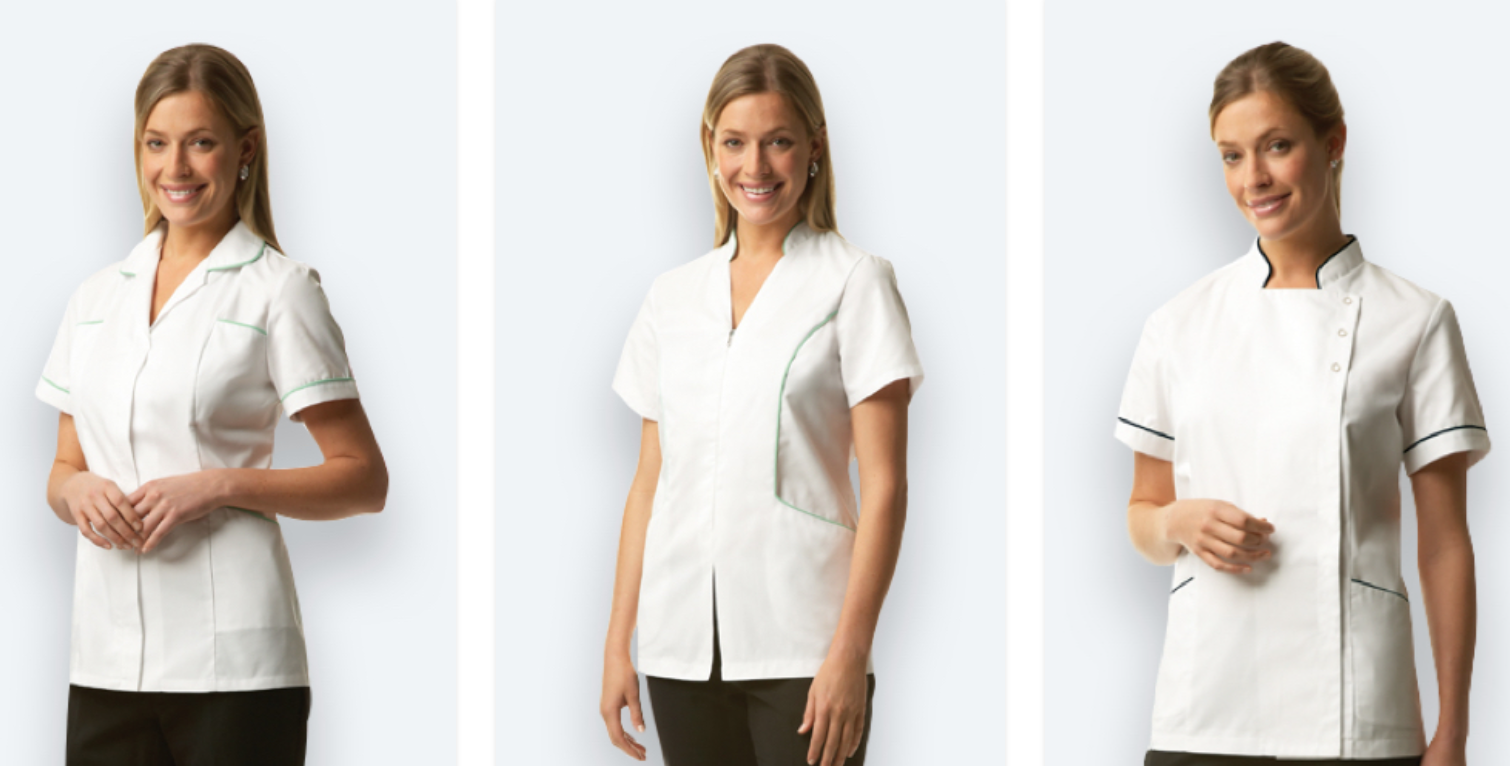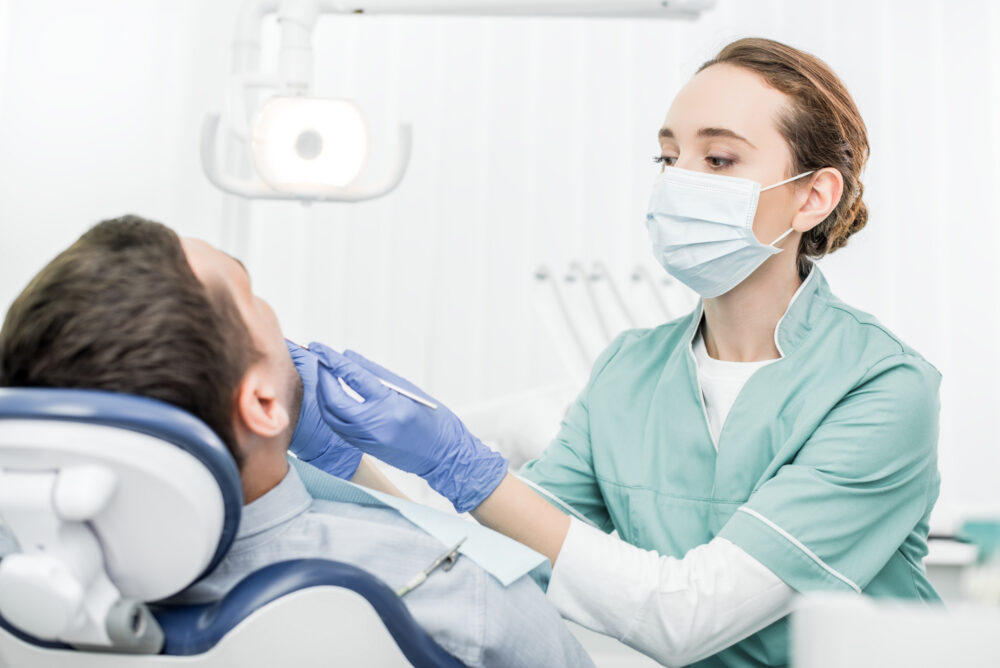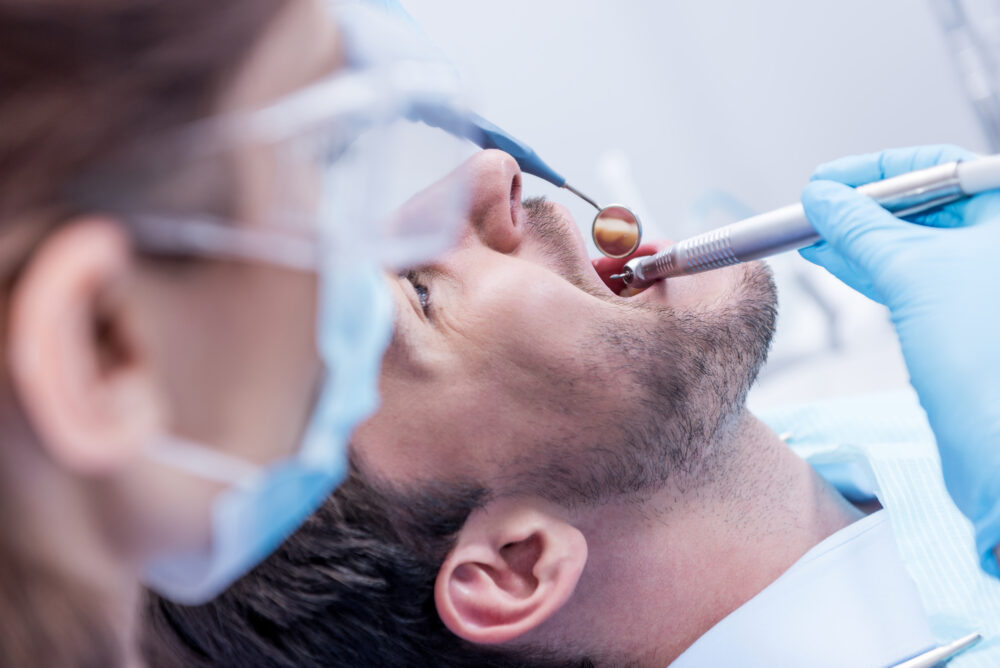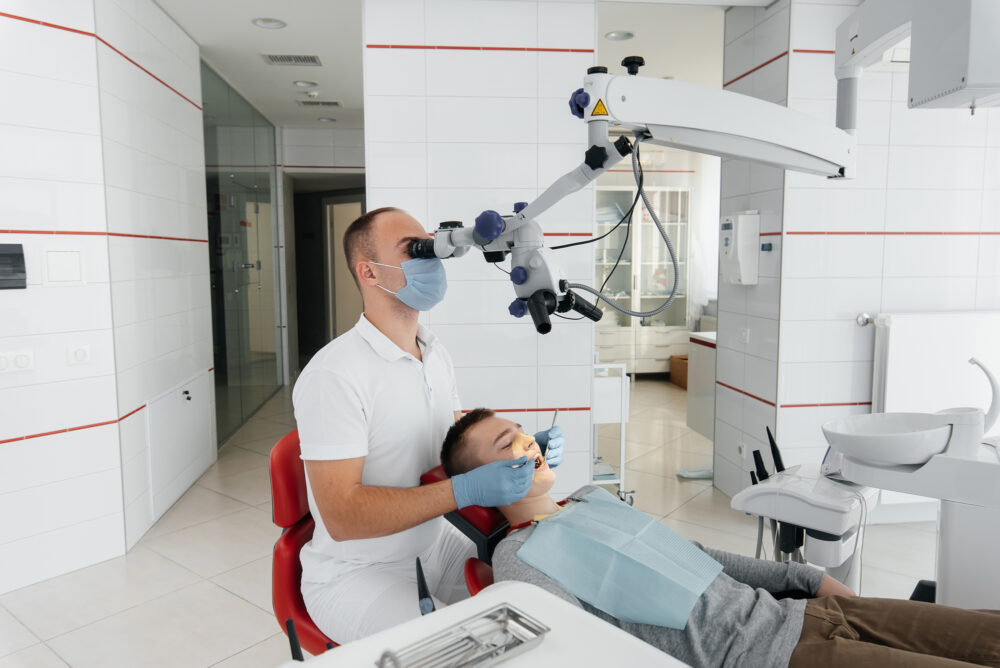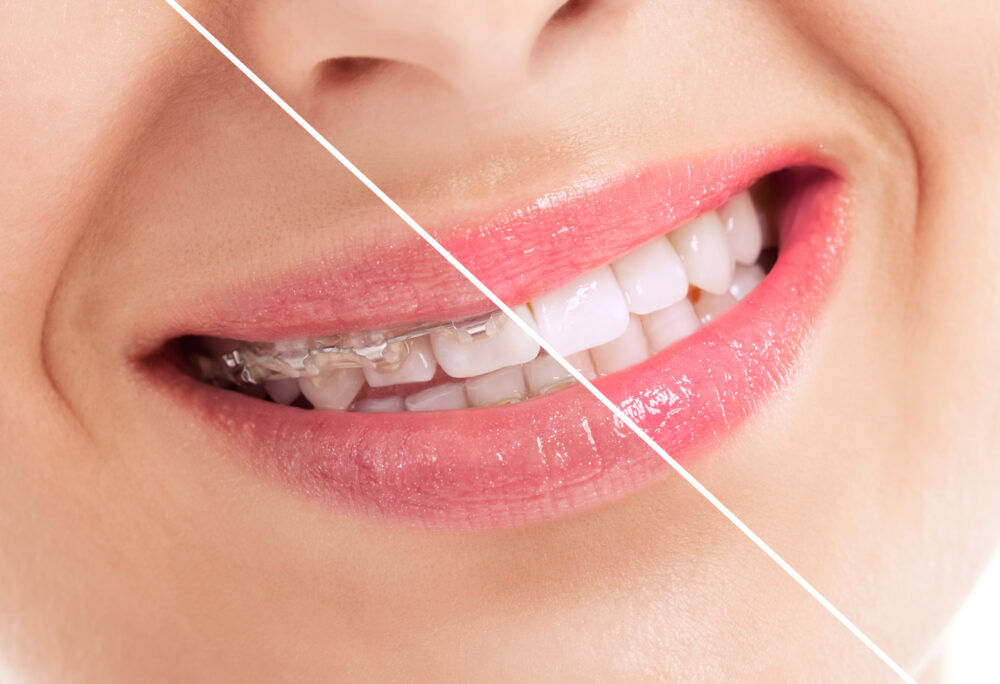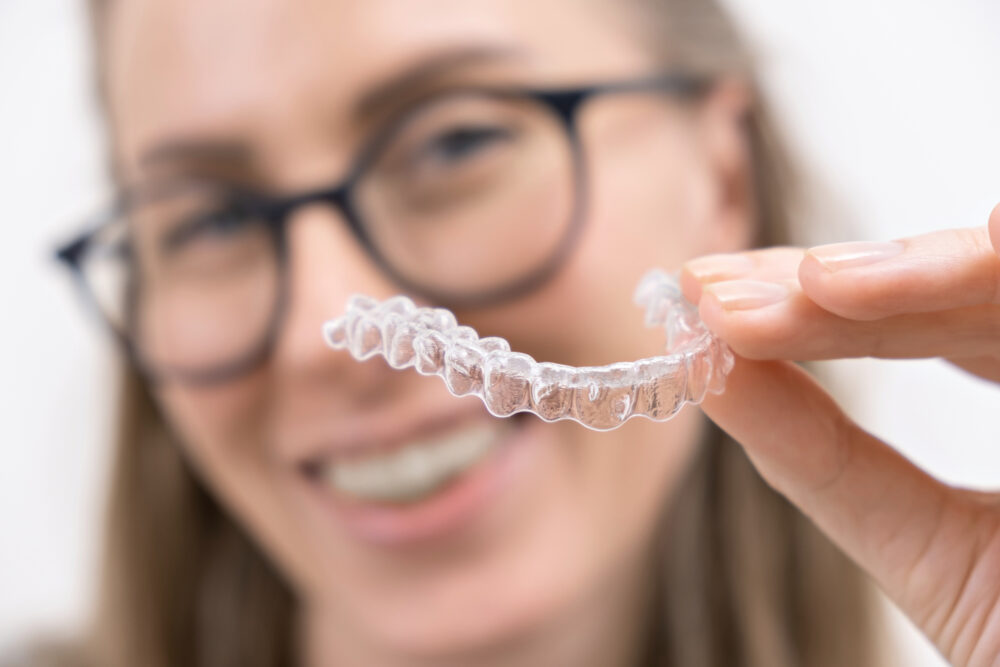Introduction to Hydrogels
Imagine a material that can revolutionie the field of dentistry, making procedures more efficient and patient-friendly. Well, look no further than hydrogels – a remarkable substance that has captured the attention of dentists in CBD (Central Business District) Sydney and is driving business growth in the area. But what exactly are hydrogels, and why are they causing such a stir in the dental world? In this blog post, we will delve into the fascinating realm of hydrogel technology and explore its application in dentistry. Get ready to discover how this innovative material is transforming smiles!
Properties and Characteristics of Hydrogels
Hydrogels have gained immense popularity in various fields due to their unique properties and characteristics. These materials are composed of a network of hydrophilic polymers that can absorb and retain large amounts of water. The high water content gives hydrogels their gel-like consistency, making them soft, flexible, and highly biocompatible.
One key characteristic of hydrogels is their ability to swell in the presence of water or biological fluids without losing their structural integrity. This property allows hydrogels to mimic the natural environment found in living tissues, making them an ideal material for biomedical applications. In dentistry specifically, this property is crucial as it enables hydrogels to maintain moisture levels within the oral cavity during dental procedures.
Furthermore, hydrogels can be tailored to exhibit specific physical properties such as mechanical strength and elasticity by adjusting the composition and crosslinking density of the polymer network. This versatility makes them suitable for a wide range of dental applications including tissue engineering, drug delivery systems, wound healing dressings, and even tooth regeneration.
In addition to their physical properties, hydrogels also possess excellent biocompatibility with human tissues. They are non-toxic and do not elicit adverse immune responses when used in contact with biological fluids or tissues. This biocompatibility ensures minimal risk for patients undergoing dental procedures involving hydrogel-based materials.
Another remarkable characteristic of hydrogels is their ability to encapsulate bioactive substances such as growth factors or antimicrobial agents within their structure. This capability opens up new possibilities for targeted drug delivery systems in dentistry where therapeutic agents can be released gradually at specific sites within the oral cavity.
To sum up briefly (without concluding), these unique properties make hydrogels an attractive option for dentists seeking innovative solutions for various clinical challenges. From promoting tissue regeneration to enhancing drug delivery mechanisms – the potential benefits associated with using these materials are vast! As researchers continue exploring new developments in hydrogel technology, it is exciting to think about the future possibilities and their potential impact on the field of dentistry.
Application of Hydrogels in Dentistry
Hydrogels have found numerous applications in the field of dentistry due to their unique properties and characteristics. One of the main uses of hydrogels in dentistry is for controlled drug delivery systems. These gels can be loaded with various medications, such as antibiotics or pain relievers, and placed directly on the affected area. The gel slowly releases the medication over time, providing long-lasting relief.
Another application of hydrogels in dentistry is for tissue engineering purposes. Hydrogel scaffolds can be used to promote the growth and regeneration of damaged tissues, such as gum tissue or dental pulp. By creating a supportive structure that mimics the natural environment, hydrogels facilitate cell adhesion and proliferation, aiding in tissue repair.
In addition to drug delivery and tissue engineering, hydrogels are also used for oral hygiene products. Hydrogel-based mouthwashes or toothpaste formulations offer improved stability and prolonged release of active ingredients like fluoride or antimicrobial agents.
Furthermore, hyaluronic acid-based hydrogels have been utilized for soft tissue augmentation procedures in cosmetic dentistry. These gels provide volume enhancement while maintaining a natural appearance.
With ongoing research and advancements in technology, it is likely that we will see even more innovative applications of hydrogels in dentistry in the future. From improving dental implants to enhancing oral surgeries’ outcomes; there seems to be no limit to what this versatile material can do!
As researchers continue exploring new possibilities for using hydrogels in dentistry’s realm; this material is now often used by dentists and it becomes evident why these materials have generated so much interest among dental professionals worldwide! So next time you visit your dentist at CBD Sydney; don’t be surprised if they mention using hydrogel-based treatments – after all business growth in Sydney means embracing cutting-edge technologies!
Benefits of Using Hydrogels in Dentistry
Hydrogels have gained considerable attention from dentists due to their numerous benefits and applications in the field of dentistry. One major advantage is their ability to mimic the natural environment of the oral cavity, making them an ideal material for various dental procedures.
First and foremost, hydrogels are highly biocompatible, meaning they are well-tolerated by biological tissues and do not cause any adverse reactions. This makes them suitable for use in dental implants, where compatibility with surrounding tissues is crucial for successful integration.
Furthermore, hydrogels possess excellent mechanical properties that contribute to their durability and longevity. They can withstand chewing forces without cracking or breaking, ensuring a longer lifespan compared to traditional materials.
Another benefit is the versatility of hydrogels in delivering therapeutic agents directly to specific areas within the oral cavity. By incorporating medications or antimicrobial agents into the gel structure, dentists can effectively treat gum diseases or promote healing after oral surgeries.
Additionally, hydrogel-based products provide a protective barrier against bacterial invasion and contamination. This helps prevent infections during restorative procedures such as fillings or crown placements.
Moreover, using hydrogels in dentistry offers aesthetic advantages as well. Their translucent appearance closely resembles natural teeth coloration, resulting in more aesthetically pleasing outcomes for patients seeking cosmetic treatments like veneers or tooth whitening.
The benefits of utilizing hydrogels span from improved biocompatibility and mechanical properties to targeted drug delivery capabilities and enhanced aesthetics. As research continues to advance this technology further Sydney’s CBD business growth shows promising prospects for its widespread integration into modern dental practices
Potential Future Developments in Hydrogel Technology for Dentistry
As the field of dentistry continues to evolve, so does the technology and materials used by dentists. Hydrogels have already made a significant impact in dental applications, but what does the future hold for this innovative material?
One potential development is the use of hydrogels as drug delivery systems. Imagine a dental implant coated with a hydrogel that slowly releases antibacterial agents or pain medication, reducing the risk of infection and providing localized pain relief.
Another exciting prospect is the incorporation of bioactive molecules into hydrogels. These molecules could stimulate tissue regeneration and promote healing in damaged oral tissues. This could revolutionize treatments for conditions such as gum disease or tooth decay.
Researchers are also exploring ways to enhance the mechanical properties of hydrogels, making them more durable and long-lasting. This would allow for their use in restorative procedures like fillings or crowns, providing patients with stronger and more natural-looking results.
Furthermore, advancements in nanotechnology may enable scientists to create smart hydrogels that can detect changes in pH levels or bacteria presence within the mouth. These sensors could provide early detection of oral diseases and help prevent further complications.
The possibilities for future developments in hydrogel technology are vast and promising. With ongoing research and innovation, we can expect even greater integration of this material into various areas of dentistry – ultimately leading to improved patient outcomes and experiences at dental clinics across Sydney’s CBD.
Concerns and Limitations of Using Hydrogels in Dentistry
While hydrogels offer numerous benefits and have shown promise in various dental applications, it is important to acknowledge some concerns and limitations associated with their use.
1. Biocompatibility: Although hydrogels are generally considered biocompatible, there is a possibility of adverse reactions or allergies in some patients. Dentists must carefully assess the patient’s medical history and perform necessary tests before using hydrogel-based products.
2. Longevity: The durability and longevity of hydrogels can vary depending on the specific formulation used. Some may degrade or lose their mechanical properties over time, requiring frequent replacements or adjustments.
3. Infection risk: Hydrogel materials create a moist environment that could potentially promote bacterial growth if not properly managed. Dentists need to ensure strict adherence to sterilization protocols when using hydrogel-based products to minimize the risk of infections.
4. Cost: Incorporating hydrogel technology into dental procedures may involve additional costs for both dentists and patients. This could limit its widespread adoption until more affordable options become available.
5. Limited research: While studies have shown promising results, further research is still needed to fully understand the long-term effects, safety profile, and optimal uses for hydrogels in dentistry.
Despite these concerns, advancements continue to be made in hydrogel technology which will likely address many of these limitations over time.
In conclusion, hydrogels represent an exciting frontier in dentistry due to their unique properties and potential applications. From enhancing tissue regeneration processes to improving drug delivery systems, this material has captured the interest of dentists seeking innovative solutions for better patient outcomes. The growing business landscape in Sydney’s CBD serves as a testament to how these advancements can contribute not only towards scientific progress in business growth in Sydney. As researchers delve deeper into understanding the capabilities of hydrogels and overcome existing challenges, we can look forward to a future where these materials play an increasingly vital role in shaping the field of dentistry.
